
The Buzz 🐝
The Buzz Blog explores bees, the art of beekeeping, foraging, botanicals, and sustainability with Master Beekeeper Mark Vanderende. Discover hive management tips, crazy facts, pollinator insights, and eco-friendly practices. Whether you're a beginner or expert, join the journey at www.theforagingbee.ca.
Let’s 🐝 curious and have fun with Bees together!







🐝 A Beekeeper’s Calendar: The Spring Months
As the earth thaws and buds begin to break, the spring months mark a pivotal time in the beekeeping year. Bees are waking up, colonies are building up, and as beekeepers, we need to be ready. From March through May, our role shifts from winter watchmen to full-time managers—ensuring our hives are healthy, well-fed, and prepared for the explosive growth that lies ahead.
Here’s your spring guide to feeding, inspecting, and staying ahead of the swarm season.

🌼 What’s Blooming?
One of the most powerful tools a beekeeper can have isn’t found in a hive tool kit—it’s observation. Watching the landscape and paying attention to what’s blooming can tell you exactly what’s going on inside your hive… without ever cracking the lid.
In early spring, bees rely on the first flush of flowers, trees, and yes—even weeds—to fuel brood rearing and kickstart their season. But for beekeepers, these early bloomers are more than pretty scenery—they're natural cues that the nectar flow is on the way.
Let’s take a closer look at what to watch for in the spring months and how to read the floral signs of the season.

🐝 The Foraging Bee — Beekeeping Inspection Journal
At The Foraging Bee, we believe that mindful beekeeping goes hand-in-hand with curiosity and care. One of the most essential tools in any beekeeper's toolkit isn’t just a smoker or hive tool — it’s a beekeeping journal.
Keeping a hive inspection journal is more than a habit. It’s a living history of your bees, a valuable resource that helps you become a more observant, responsive, and successful beekeeper.
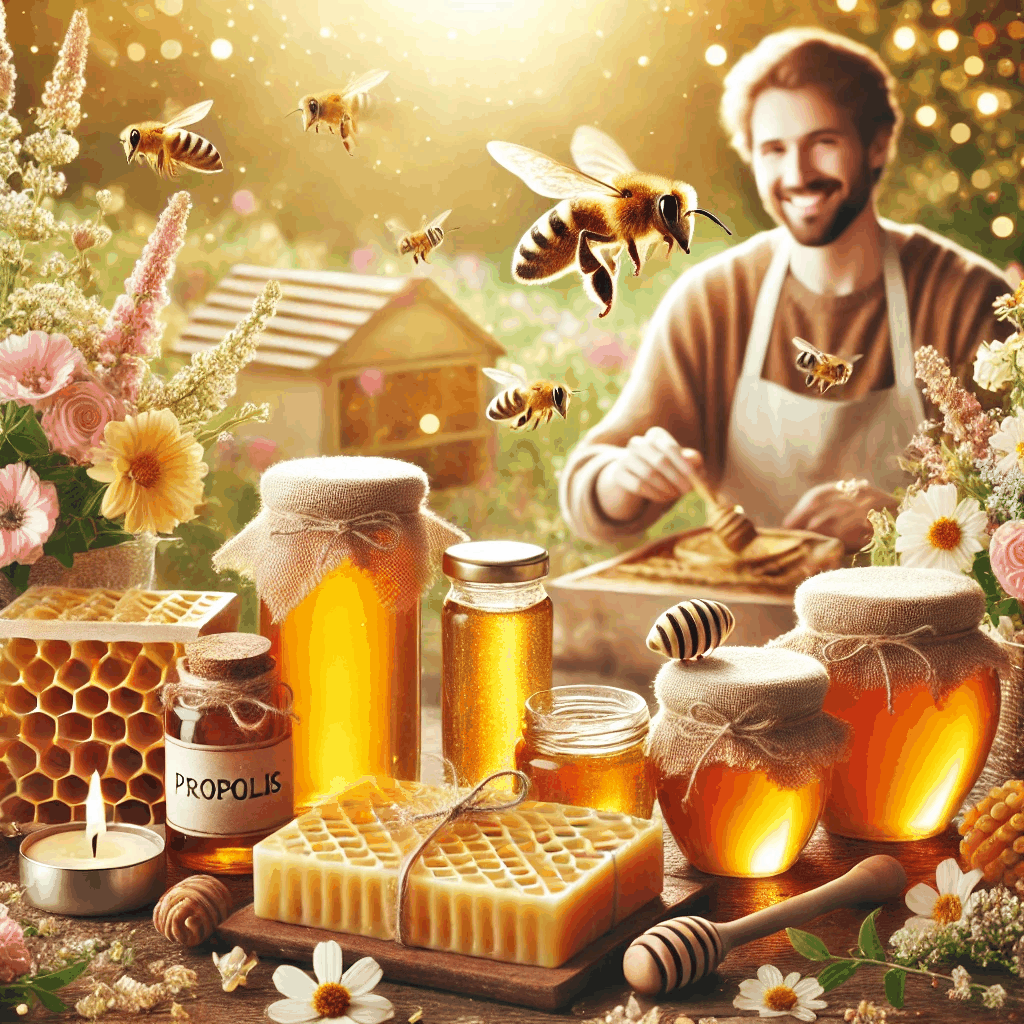
🐝 Part 4: Sweet Rewards – The Joys and Contributions of Beekeeping
Theme: The rewards and contributions of beekeeping
By Master Beekeeper Mark Vanderende | Edu-🐝 | The Foraging Bee
“To keep bees is to join in something ancient, beautiful, and profoundly important.”
After exploring the biology of honey bees, the craft of hive stewardship, and the challenges of managing pests and diseases, we arrive at what many consider the best part of the journey—the rewards. But as every true beekeeper knows, these rewards are far more than just sweet honey.
In this final chapter of our Edu-🐝 series, we’re celebrating the tangible gifts, the intangible connections, and the larger contributions that beekeeping brings into our lives and the world around us.
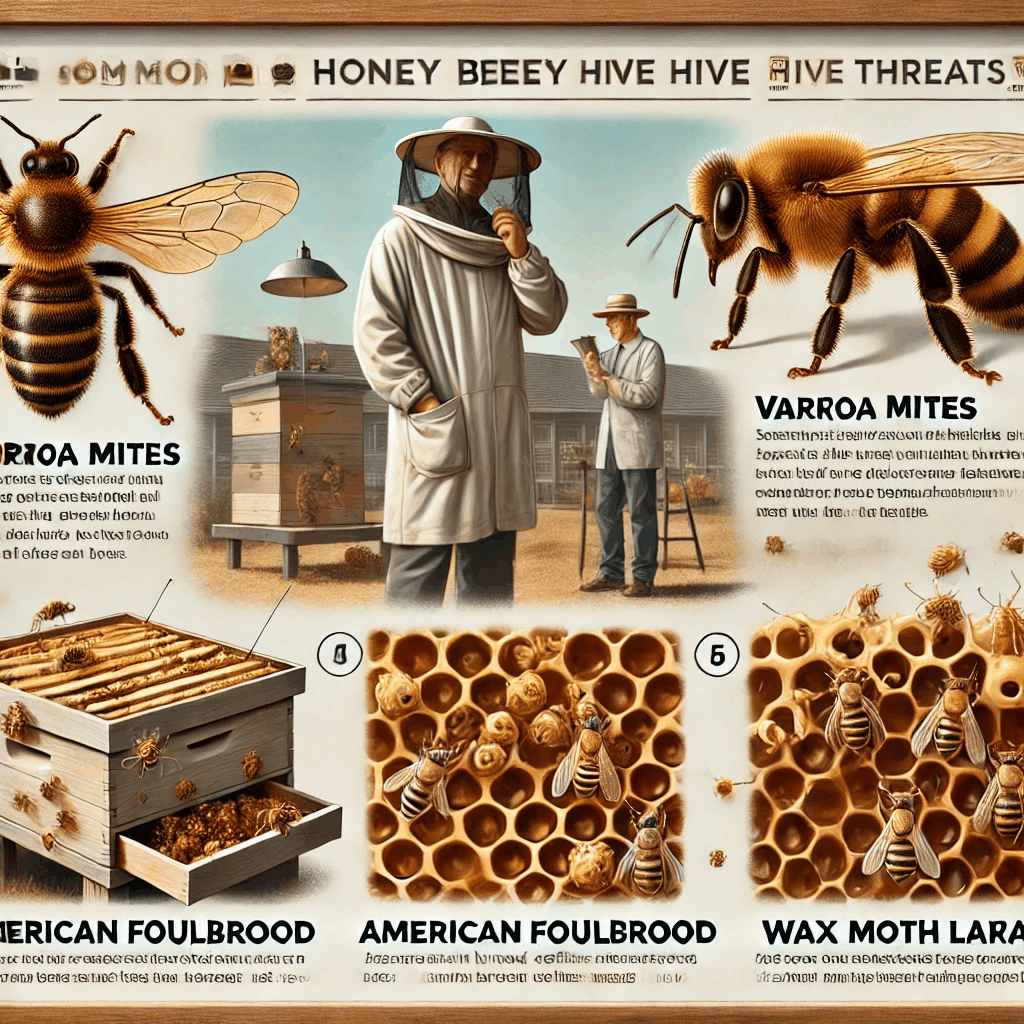
🐝 Part 3: Trouble in the Hive – Managing Pests, Diseases & Stress
Theme: Managing pests and diseases
By Master Beekeeper Mark Vanderende | Edu-🐝 | The Foraging Bee
“A strong hive doesn’t just survive—it thrives when we know what to look for, when to act, and how to support it.”
Bees are incredibly resilient. But like all creatures, they face threats—some natural, some human-driven, and some amplified by a changing world. As beekeepers and pollinator stewards, it’s our job to recognize the signs of trouble and respond in ways that are both effective and ethical.
This part of our Edu-🐝 series dives into the gritty (and sometimes sticky) realities of pest and disease management, offering both practical tools and a mindset of care.
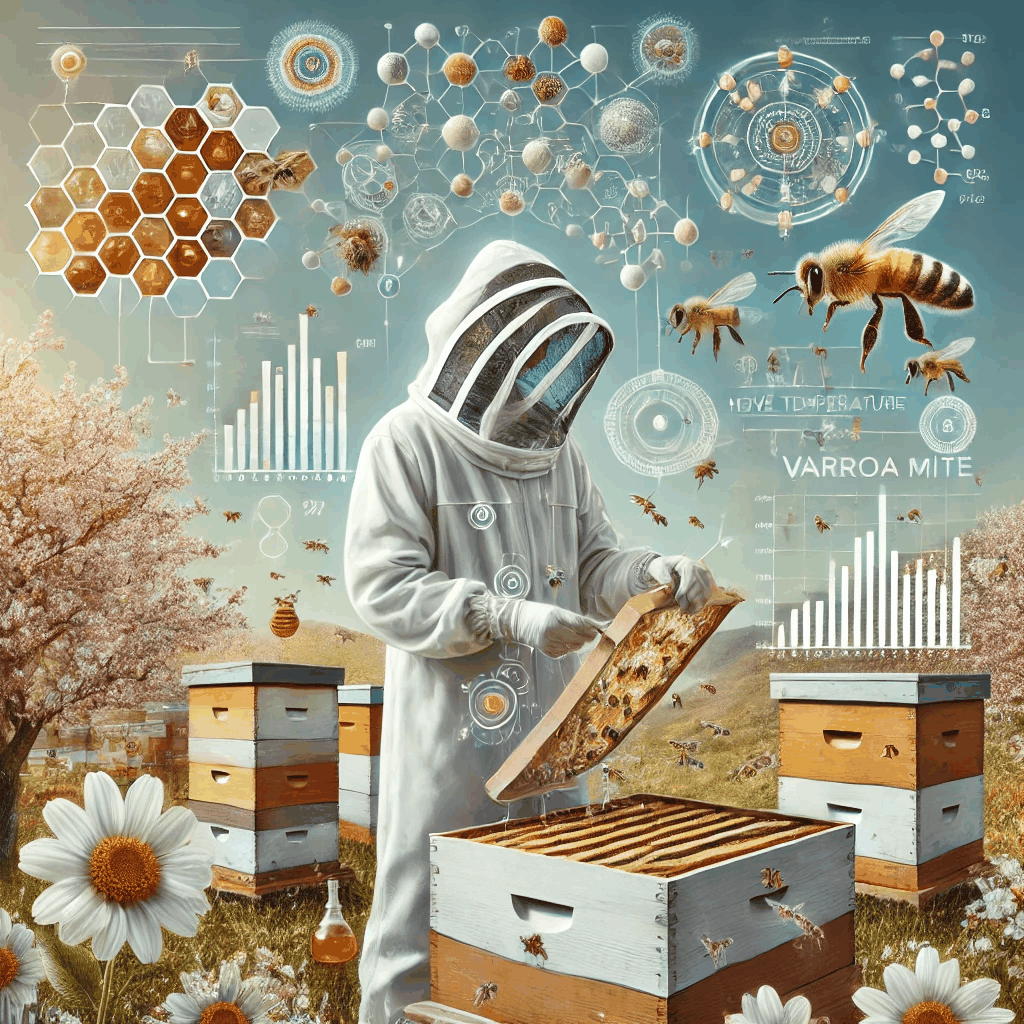
🐝 Part 2: The Science & Art of Beekeeping – Where Nature Meets Stewardship
Theme: The science and art of beekeeping
By Master Beekeeper Mark Vanderende | Edu-🐝 | The Foraging Bee
Beekeeping isn’t just about harvesting honey—it’s a dance with nature, a craft rooted in observation, intuition, and science. It’s both ancient and evolving, practical and poetic. At The Foraging Bee, we believe beekeeping is more than a hobby—it’s a form of stewardship that calls us to Connect, Explore, and Sustain.
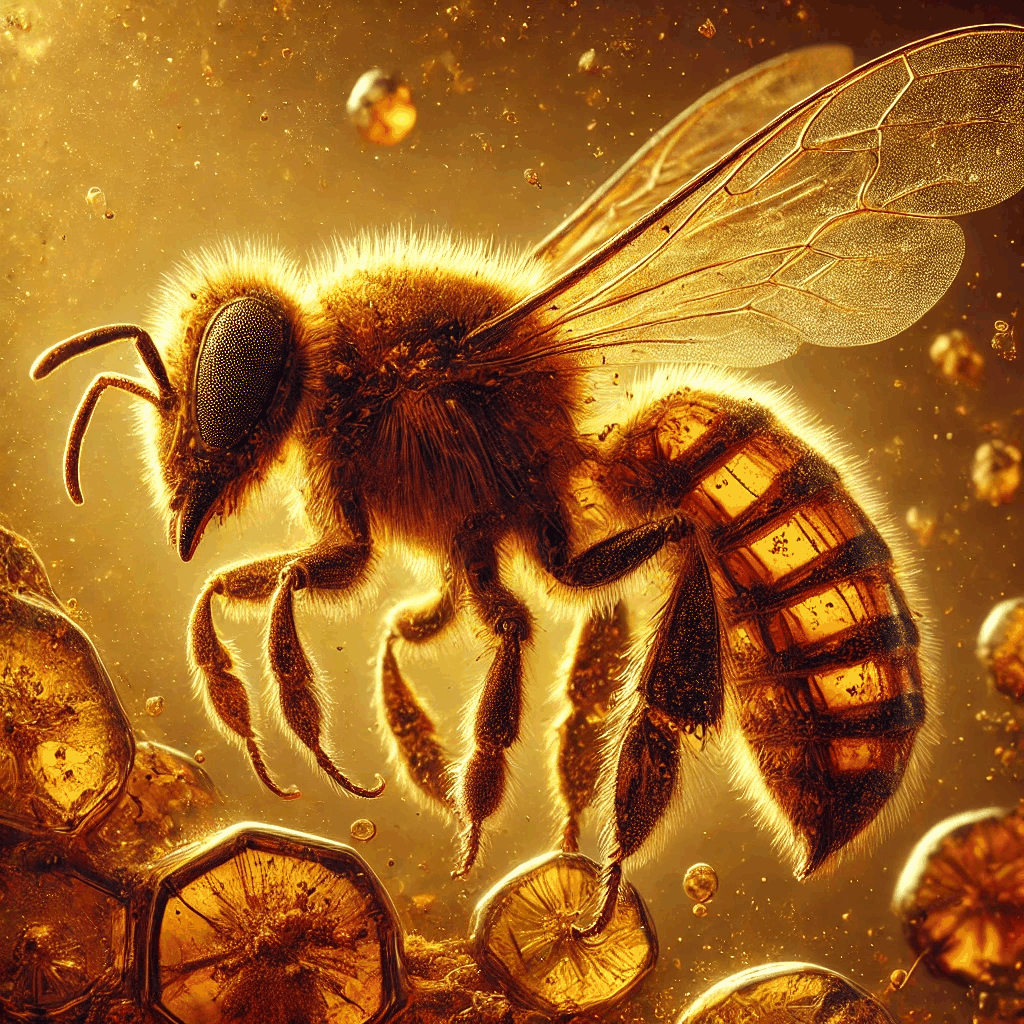
🐝 Part 1: From Dinosaurs to Drones – The Evolution and Intricacies of Honey Bees
Theme: Honey bee evolution, biology, and behavior
By Master Beekeeper Mark Vanderende | Edu-🐝 | The Foraging Bee
Long before humans built cities, and even before the dinosaurs vanished, honey bees were already crafting complex societies. Their story stretches over 100 million years, and today, they remain one of nature’s most essential and awe-inspiring creatures. Let’s explore how honey bees evolved, how their colonies function, how they communicate, and why they are among Earth’s most important pollinators.
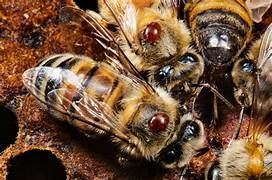
Natural, Non-Chemical Ways to Manage Varroa Mites
Varroa mites (Varroa destructor) are one of the greatest threats to honeybee colonies, weakening hives by spreading viruses and depleting bee health. While chemical treatments can be effective, they may also introduce toxins into the hive and lead to mite resistance. At The Foraging Bee, we advocate for natural, sustainable beekeeping practices to manage mites while keeping colonies thriving. Here are some of the best non-chemical strategies to control Varroa mites.

How to Light a Bee Smoker: A Beekeeper’s Guide
How to Light a Bee Smoker: A Beekeeper’s Guide
A bee smoker is an essential tool for beekeepers, helping to keep bees calm during hive inspections. When used correctly, it produces cool, thick smoke that disrupts the bees' alarm signals, making them less defensive. Here’s a step-by-step guide to lighting and maintaining a bee smoker, along with the best natural fuel sources to use.

